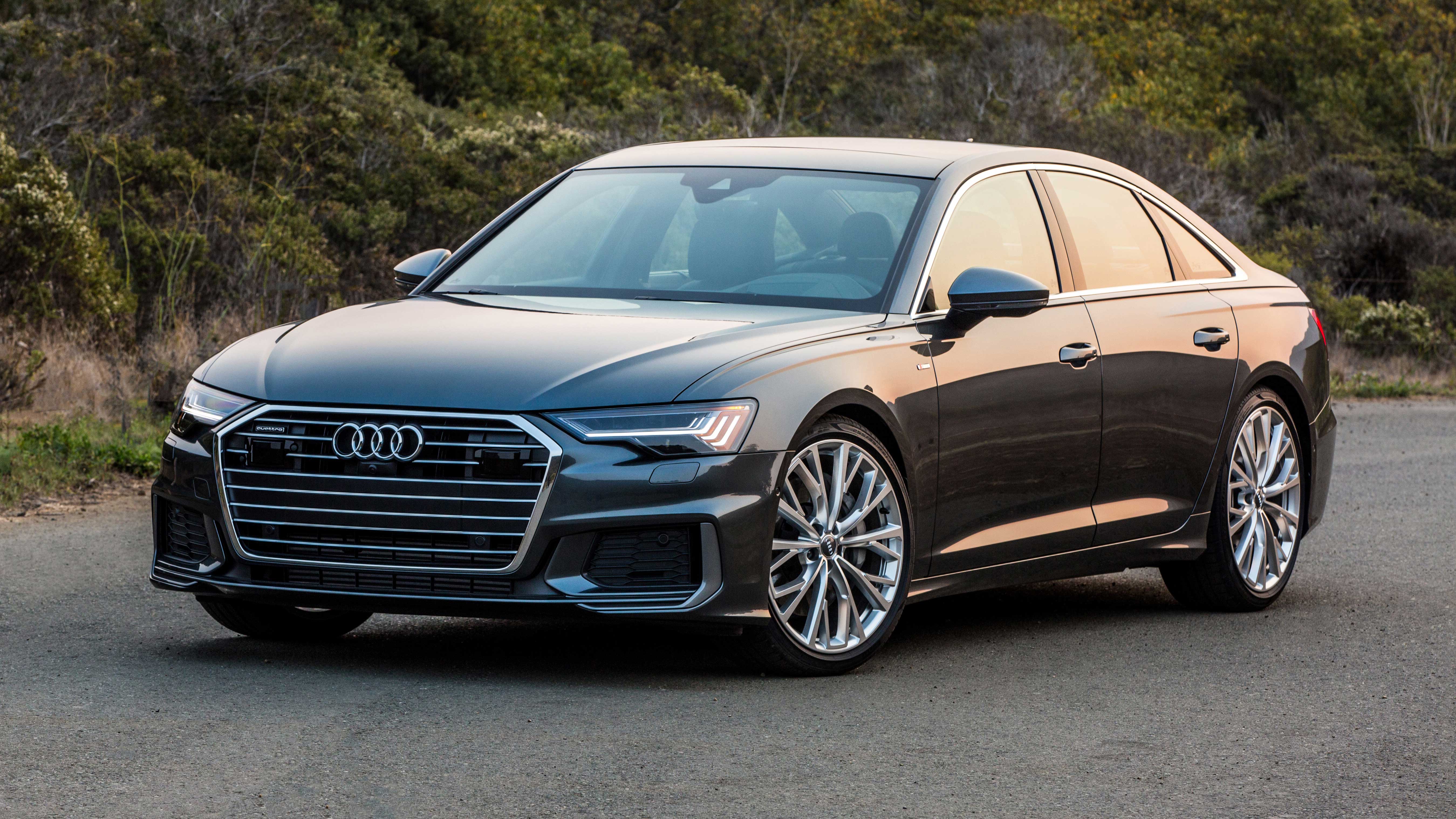What Is The Best Sedan Car To Buy

Alright, let's talk sedans. You're looking for the best one, but as any experienced gearhead knows, "best" is subjective. It depends entirely on your needs, budget, and priorities. Are you after fuel efficiency, raw power, luxurious comfort, or rock-solid reliability? This article won't crown a single winner, but will instead dissect the key considerations and point you towards the contenders that excel in specific areas. We’ll focus on mid-size sedans, as they tend to strike the best balance between practicality and features.
Key Specs and Main Parts: A Deeper Dive
Before we dive into specific models, let's level-set on the crucial specs and components you should be evaluating.
Engine and Drivetrain
The heart of any car, obviously. We're talking about:
- Engine Type: Inline-4 (I4), V6, or even a hybrid powertrain. I4s are generally more fuel-efficient, while V6s offer smoother power delivery and a more robust feel. Hybrids offer a mix of both with improved MPG. Pay attention to whether it's naturally aspirated (NA), turbocharged (turbo), or supercharged (supercharged). Turbocharging and supercharging force more air into the engine, increasing power output.
- Displacement: Measured in liters (L) or cubic centimeters (cc), displacement indicates the total volume of the engine's cylinders. Larger displacement typically translates to more power, but also potentially lower fuel economy.
- Horsepower (HP) and Torque (lb-ft): Horsepower measures the rate at which work is done, representing the engine's peak power. Torque, on the other hand, is a measure of rotational force, which is crucial for acceleration and towing. Consider the RPM at which peak horsepower and torque are achieved. A broad torque curve makes the car feel more responsive in everyday driving.
- Drivetrain: Front-Wheel Drive (FWD), Rear-Wheel Drive (RWD), or All-Wheel Drive (AWD). FWD is common for fuel-efficient sedans and offers good traction in most conditions. RWD provides a more balanced driving experience and is often found in performance-oriented models. AWD delivers superior traction in slippery conditions but can reduce fuel economy slightly.
- Transmission: Automatic (various types, including traditional torque converter automatics, dual-clutch transmissions (DCTs), and continuously variable transmissions (CVTs)) or Manual (decreasingly common). Each has its own characteristics. DCTs offer fast and precise shifts but can sometimes be jerky at low speeds. CVTs prioritize fuel efficiency but may lack the engaging feel of a traditional automatic.
Suspension and Handling
How the car feels on the road is critical:
- Suspension Type: MacPherson strut (common in front suspensions), multi-link (often used in rear suspensions for better handling), double wishbone (found in performance applications). These designs affect ride quality and handling precision.
- Dampers (Shock Absorbers): Control the rate at which the suspension compresses and rebounds. Upgraded dampers can significantly improve handling and ride comfort. Look for adjustable dampers for even greater control.
- Springs: Determine the ride height and stiffness of the suspension. Lowering springs can improve handling but can also reduce ride comfort.
- Steering System: Rack and pinion (most common), steering ratio (lower ratio means quicker steering), power steering assist (hydraulic or electric).
- Anti-roll bars (Sway bars): Reduce body roll during cornering, improving handling stability.
Braking System
Stopping power is just as crucial as going power:
- Brake Type: Disc brakes (superior stopping power, found on most modern cars) or drum brakes (less common, typically on older or less expensive models).
- Anti-lock Braking System (ABS): Prevents wheel lockup during hard braking, allowing you to maintain steering control.
- Brake Assist: Detects emergency braking situations and applies maximum braking force.
- Rotor Size and Caliper Type: Larger rotors and multi-piston calipers provide increased stopping power, often found on performance models.
Interior and Technology
Comfort and convenience matter, too:
- Infotainment System: Screen size, features (Apple CarPlay, Android Auto), navigation, audio quality.
- Seating Material: Cloth, leather, synthetic leather (e.g., "leatherette").
- Driver-Assistance Systems: Adaptive cruise control, lane departure warning, blind-spot monitoring, automatic emergency braking.
- Climate Control: Single-zone, dual-zone, or multi-zone automatic climate control.
How It Works: Putting It All Together
Understanding how these components interact is crucial for making an informed decision. For example, a turbocharged I4 engine paired with a well-tuned suspension and a responsive transmission can offer a surprisingly engaging driving experience, even if it doesn't have the outright power of a V6. Similarly, a car with advanced driver-assistance systems can make long commutes more comfortable and safer, but it's important to understand the limitations of these systems and not rely on them completely.
Real-World Use: Basic Troubleshooting Tips
Let's say you're test-driving a potential candidate and notice the following:
- Rough Idle: Could be a vacuum leak, faulty spark plugs, or a dirty mass airflow sensor (MAF).
- Poor Fuel Economy: Check tire pressure, air filter condition, and driving habits. A faulty oxygen sensor (O2 sensor) can also contribute.
- Brake Squeal: Could be worn brake pads, warped rotors, or simply surface rust.
- Suspension Noise (e.g., clunking): Could indicate worn-out shocks, struts, ball joints, or control arm bushings.
Important Note: These are just basic troubleshooting tips. Always consult a qualified mechanic for any serious issues.
Safety: Highlight Risky Components
Working on certain components can be extremely dangerous if not done properly. Exercise extreme caution when dealing with:
- Airbags: Incorrect handling can lead to accidental deployment, causing serious injury. Disconnect the battery and wait at least 30 minutes before working near airbags.
- Fuel System: Gasoline is highly flammable. Work in a well-ventilated area and avoid sparks or open flames.
- Braking System: Brake fluid is corrosive and can damage paint. Ensure the system is properly bled after any repairs to avoid brake failure.
- Electrical System: Disconnect the battery before working on any electrical components to prevent shorts and potential electrocution. Hybrid vehicle high voltage systems are especially dangerous and should only be serviced by trained professionals.
